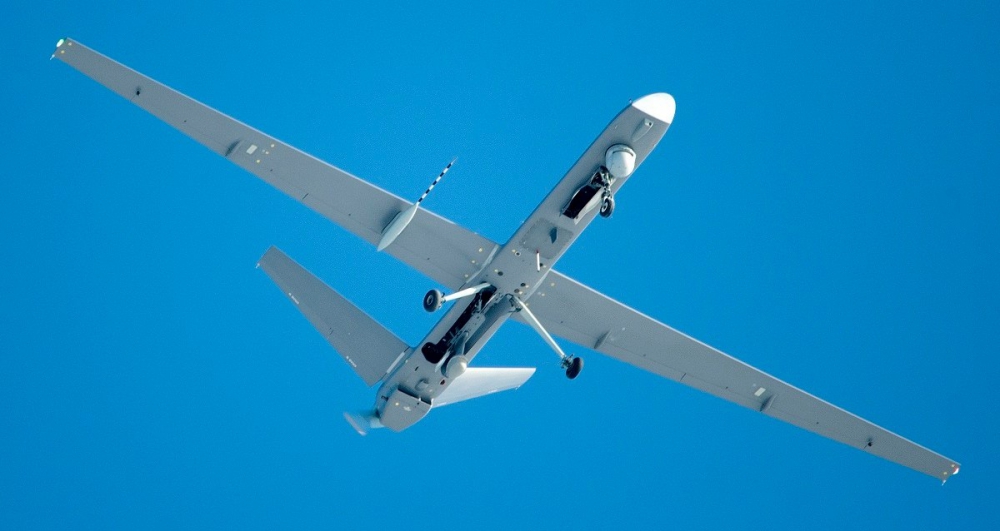Officials from the Russian defense firm Kronshtadt Group announced the possible sale of the company’s Orion UAV to a country in the Middle East. But which Middle Eastern country is purchasing the platform, and what capabilities does the system bring to bear?
The Orion-E (export version) is Russia’s medium-altitude, long-endurance drone with a reported range of 250 kilometers, a total flight duration of about 24 hours and a maximum altitude of 8,000 meters. While originally designed for only intelligence, surveillance and reconnaissance missions, Russia has announced a combat version that can carry up to 200 kilograms of cargo, which will also be available for export.
The Orion “most closely resembles America’s Predator/Gray Eagle UAV in its technical characteristics,” according to Samuel Bendett, an expert on Russian military robotics.
The Chinese model that most resembles the Orion’s capabilities is the Wing Loong.
According to Russian sources, Bendett said, “the two countries most likely to acquire [the Orion] are Syria and Egypt. Syria and Russia already enjoy a very close mil-to-mil relationship, while Egypt is diversifying its military imports from reliance on U.S. and occasional Chinese technologies.”
But there are other potential buyers, Bendett notes. “[The United Arab Emirates] has imported Russian military technology before, and Russia recently announced closer cooperation with Lebanon. Iraq, which has imported Chinese UAVs, has also started to import more Russian military equipment,” he said.
The impact the sale will have on balance of power in the region is difficult to measure. “Whether Russia’s sale of the Orion will influence the balance of power in the region really depends on three things: details about the system itself that remain murky, the existing capabilities of the importer and the capabilities of their neighbors,” said Michael Horowitz, an adjunct senior fellow at the Center for a New American Security. “My best guess is that the Orion will not be game-changer for whoever acquires it, but it is hard to know,” he added.
Both Horowitz and Bendett agree Russia’s attempt to establish itself in the Middle East UAV market is not surprising. “Russia is keen to win new UAV markets but realizes it has an uphill climb against American, Israeli and Chinese UAVs in the short- to mid-range sector,” Bendett said. Horowitz concurred that UAV proliferation in the Middle East has accelerated over the last half decade, and Russia is now starting its business “from a weak market position relative to China and the United States.”
China in particular is a fierce market competitor. As the U.S. Defense Department noted in its annual report to Congress on Chinese military and security developments, “the Middle East and North Africa region was China’s second largest regional arms market, probably because of the demand for armed UAVs — a niche area where China is one of the few suppliers.”
“China has sold armed UAVs to several states in the Middle East and North Africa, including Iraq, Saudi Arabia, Egypt, and the United Arab Emirates. China faces little competition for sale of such systems, as most countries who produce them are restricted in selling the technology as signatories of the Missile Technology Control Regime,” among other export control agreements, the report said.
Source: Defense News

